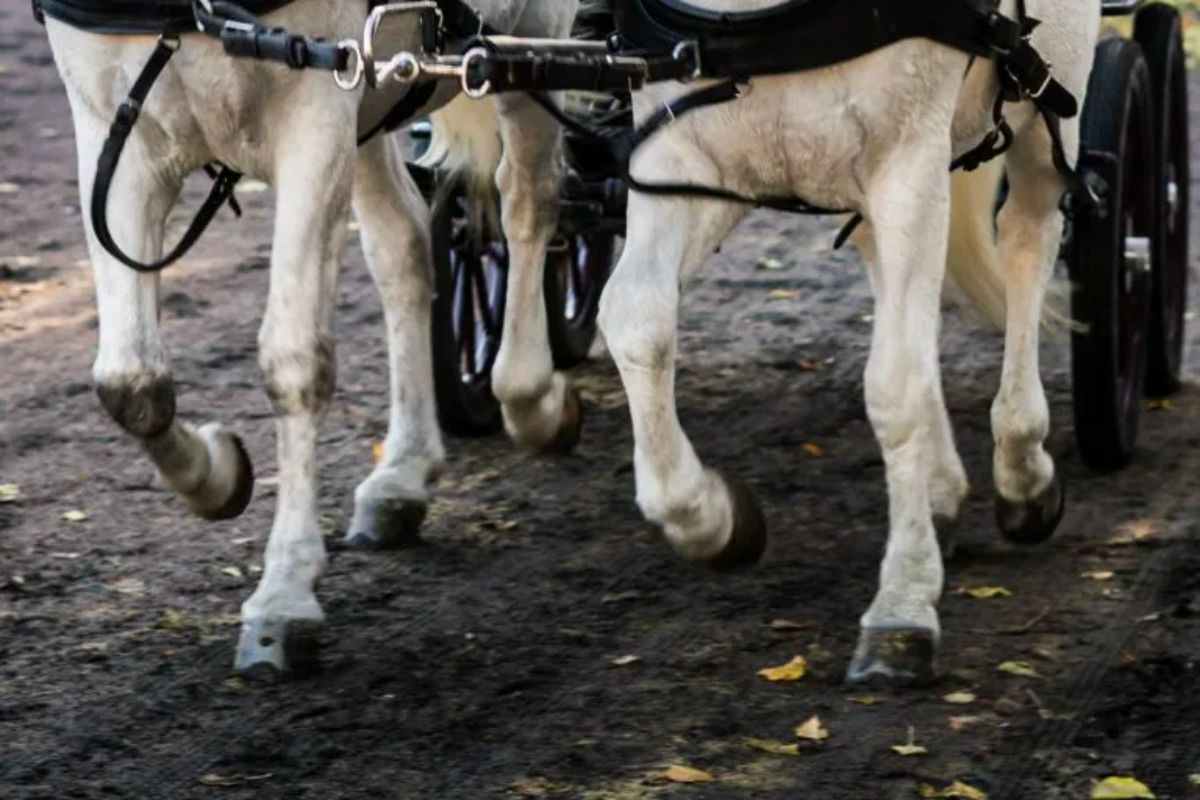Menu

Riding is not just riding. The tradition of using horses for sports and participating in competitions is ancient, encompassing countless disciplines. The three best-known are the Olympic disciplines: dressage, jumping, and eventing. Additionally, there are western, gallop and trotting sports, vaulting, endurance riding, competitive driving, hunting, polo, horseball (a combination of rugby and basketball on horseback), polocrosse (lacrosse on horseback), ring riding, working equitation, mounted games and other pony games, as well as gait competitions for Icelandic horses and other breeds. In other words, equestrian sports are impressively vast, but most astonishingly, all disciplines share the exact same history – and it's not that boring!
The first to ever describe what riding was about was the Greek historian Xenophon. This happened a whole 300 years before Jesus was born. In his writing "Peri hippikes", which means "About the art of riding", he describes classical riding. It served as the main script for riding art for nearly 2000 years.
Using horses for sports and competition dates back even further. In ancient Greece, the Olympic Games were held for the first time, and both chariot racing and galloping were on the agenda. This was a whole 680 years before the time of Jesus.
As most know, horses have been extensively used in wars – and the vast majority of them did not survive. Alone during World War I, between 8 and 11 million horses, mules, and donkeys died, which is at least as many as the number of people who died. Both as riding and draft animals, horses were used because of their immense strength, speed, and indispensable height, making them as great heroes as the soldiers who sacrificed themselves.
During the 1500s, riding academies emerged throughout Europe, especially around the courts. Riders developed what was called "high school", where they taught horses to jump and perform specific exercises, which were useful in working with them among the people. Quadrille riding also originated here, and lighter horse types were gradually used instead of heavier breeds. Today, this riding style can still be experienced, for example, at the Spanish Riding School in Vienna and at Cadre Noir in Saumur, France.
The equestrian sport we know today is only about 100 years old. Initially, only wealthy men in uniform were part of it, but slowly the sport and its many disciplines became more and more popular. This is especially because the uniformed men no longer use horses in their work. In 1912, riding became part of the Olympic Games, and women were allowed to participate in 1952 – but only in dressage. Later, riding also became part of the Paralympic program. It's also worth noting that in the 1990s, riding was one of the largest sports under the Danish Sports Federation. Two years ago, it was counted that the Danish Riding Federation has about 70,500 members, and it is estimated that about 100,000 Danes practice equestrian sports either competitively or recreationally.
Did you know all this about equestrian sports? Besides becoming more knowledgeable about where the many disciplines come from, you can also be a bit prouder of your own horse. Along with its current friends, it is far from alone in serving and delighting us. For many, many years, the four-legged ancestors have carried us humans through thick and thin and done everything we asked of them. So when you go to the stable to give your horse a kiss, put a saddle on it, and put your foot in the stirrup, you are also part of a very special tradition. A tradition where we collaborate with the animal to cultivate an ancient and much-loved discipline - whether it's dressage, driving, vaulting, or something entirely different.